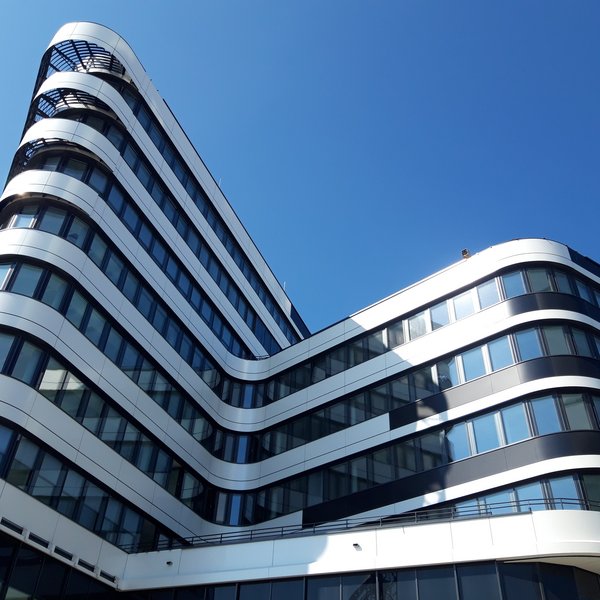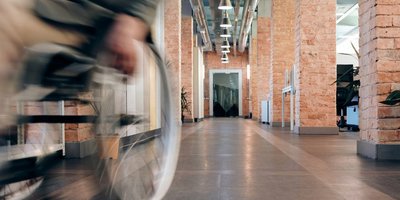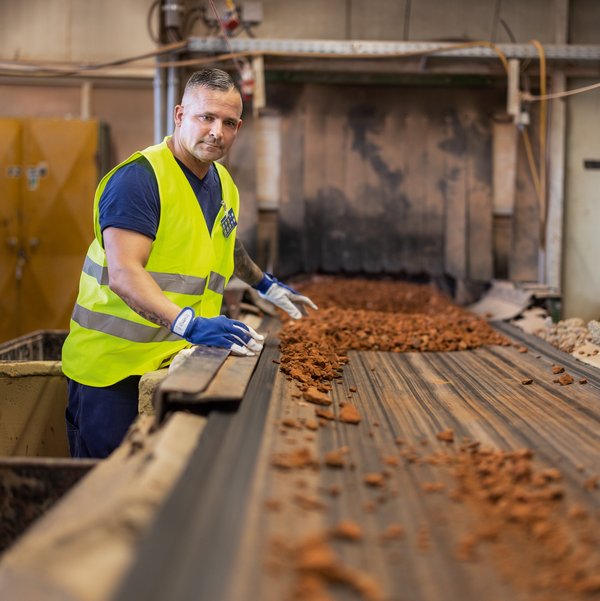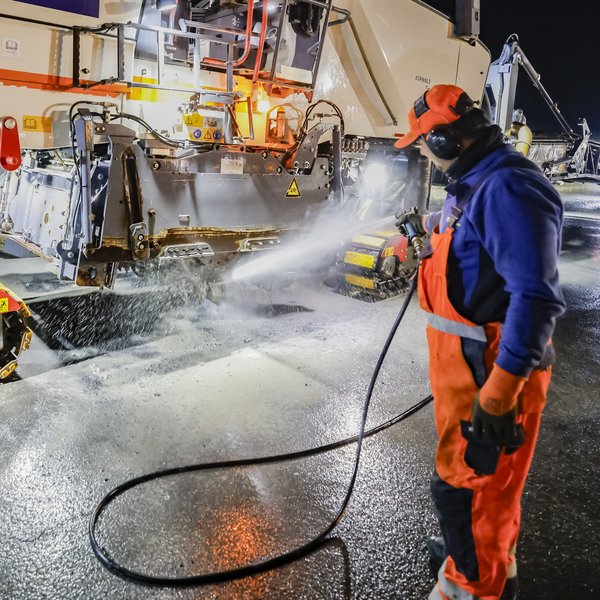

Inclusion: building for all needs
It doesn't go any further here. Anna looks over the steps to the library entrance. She handles her wheelchair well. She doesn't need help from others in everyday life. But her freedom has limits. And these are often not natural. People like Anna are dependent on others taking their needs into account. If those responsible for construction projects or events forget about them, they are excluded. Or can only participate if others help them. This is a drastic cut in personal freedom. But the solution is simple: inclusive construction.
What does inclusive construction mean?
A building is considered inclusive if it is easy to find, easily accessible and equally usable for everyone. In other words, if you build inclusively, you create barrier-free spaces where everyone feels welcome. This does not just include people with wheelchairs or other mobility aids: It includes everyone affected by visual, auditory or cognitive impairments. Inclusive building therefore also makes life easier for older people or parents with pushchairs, for example. Article 9 of the UN Convention on the Rights of Persons with Disabilities stipulates that all people must be able to participate fully in all areas of life. The signatory states undertake to implement suitable measures in buildings, means of transport and other areas. This ensures equal access for people with physical or cognitive disabilities. Barrier-free premises enable self-determination. Many people benefit from this. According to studies, inclusive interior design is essential for around 10% of people and at least occasionally necessary for 40%. In addition to people with disabilities, it is above all the ageing population that is dependent on inclusion. One in five people in Austria is already over the age of 65. According to Statistics Austria, this figure is expected to rise to one in three by 2080. Inclusive building is therefore also sustainable building. An important investment in the future of society.
How does inclusive construction work?
The areas in a building or outdoor area that are particularly relevant for inclusion are often determined by different minimum legal requirements, depending on the type of construction project. In Austria, these are summarised in ÖNORM B 1600, among others.
These include the following aspects:
- Building entrances and all other passageways must have a minimum width of 90 cm.
- People in wheelchairs need sufficient space to navigate, especially in the immediate door area.
- Doors should open automatically or easily so as not to present an obstacle.
- If ramps are planned, they must have a maximum gradient of 6 % and a minimum width of 120 cm. This is the only way that people with limited mobility can use them on their own without any problems.
However, it is not only the accessibility of entrances and exits or toilet facilities that must be considered when planning an inclusive building project. General orientation for people with disabilities is also important. Visual, tactile and acoustic guidance systems enable all groups of people to enjoy the same level of room utilisation. These include nubs or floor guidelines that blind and visually impaired people can feel with a long cane. Or acoustic signals and floor announcements in the lift. Of course, special needs in emergency situations must not be forgotten during project planning. Escape and rescue routes as well as assembly points must be accessible, safe and efficiently planned for all groups of people.
Creating spaces for encounters
Access without thresholds, clear orientation and plenty of space for encounters - that's how inclusive architecture can be. Barrier-free building is a complex endeavour in which numerous aspects need to be taken into account. At the same time, however, it is a sustainable investment in the future. If you consider all target groups from the outset, you can create creative solutions for large and small construction projects that improve the quality of life and enable more togetherness in our society.




